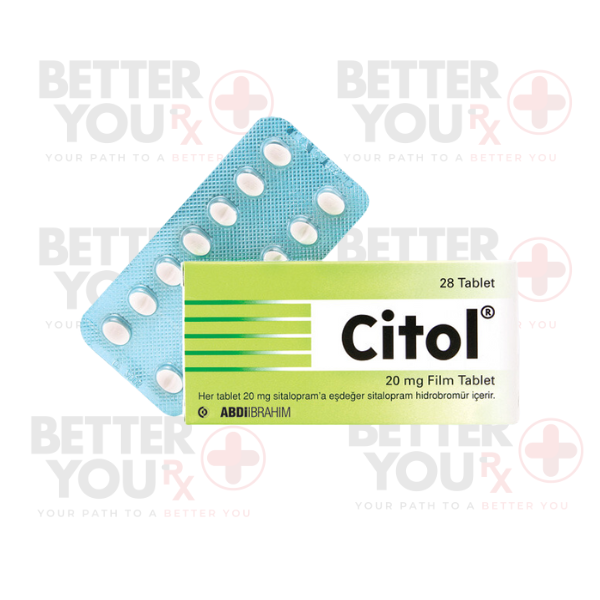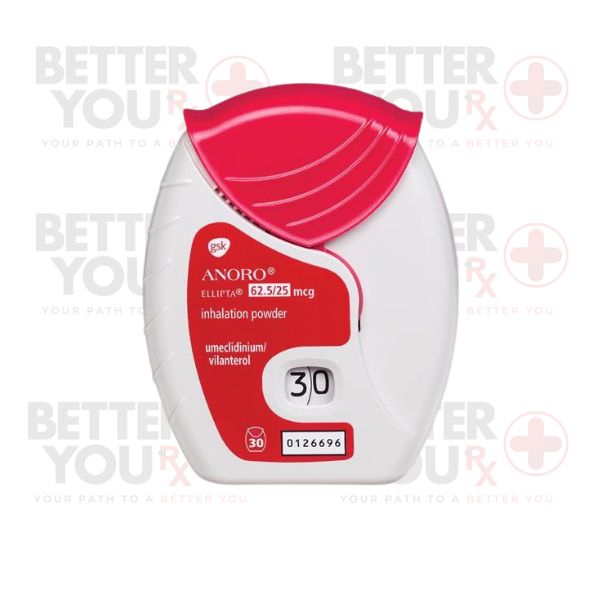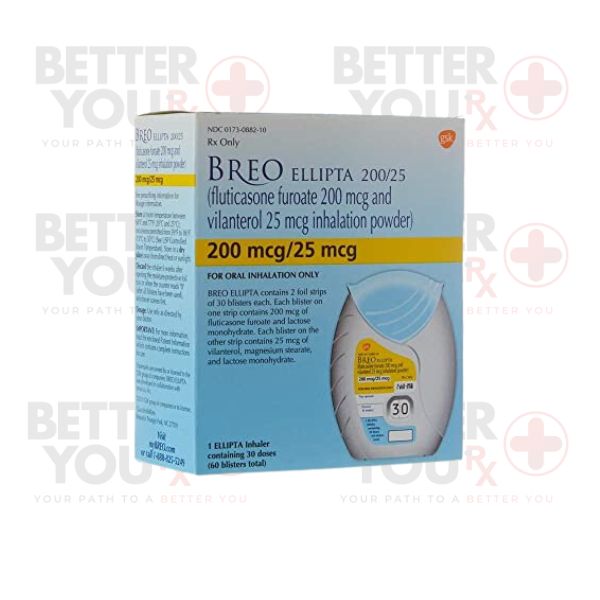| Usage |
Usage
-Olaparib is administered orally as a tablet, typically taken twice daily, either with or without food. Aim to space your doses approximately 12 hours apart and maintain a consistent schedule. Comprehensively adhere to the instructions on your prescription label, and don't hesitate to seek clarification from your doctor or pharmacist if needed. Ensure you take Olaparib exactly as prescribed; do not exceed or reduce the dosage or take it more frequently than instructed. Swallow the tablet whole; avoid crushing, chewing, dividing, or dissolving it. It's important to note that Olaparib was previously available in capsule form, and the tablets and capsules contain different concentrations of Olaparib, so they should not be interchanged. If you have any concerns or questions regarding the tablet and capsule versions, consult your doctor or pharmacist. Your doctor may adjust your Olaparib dose or recommend temporary discontinuation based on your treatment's effectiveness and any encountered side effects. Be sure to maintain open communication with your doctor regarding your well-being during Olaparib treatment.
|
| Side effects |
Side effects
Olaparib may lead to side effects. Inform your doctor if any of these symptoms are persistent or troublesome:
• Nausea
• Vomiting
• Diarrhea
• Constipation
• Heartburn
• Headache
• Reduced appetite
• Muscle, joint, or back pain
• Fatigue
• Abdominal discomfort or pain
• Alterations in taste
• Mouth pain or ulcers
• Anxiety
• Depression
• Dry skin
• Itching
• Rash
• Difficulty sleeping
• Symptoms resembling a cold, such as a sore throat, runny nose, or congestion.
• Pain during urination
Certain side effects require immediate medical attention:
• Fever, cough, or wheezing
• Shortness of breath
• Weakness
• Profound fatigue
• Weight loss
• Reduced sensation, tingling, or a sensation of burning in the hands or feet.
• Unusual bruising or bleeding
• Paleness of skin
• Detection of blood in urine or stool.
Olaparib may also cause other side effects. Reach out to your doctor if you encounter any unusual issues while taking this medication.
|
| Storage |
Storage
Ensure the safekeeping of this medication by storing it in its original container, tightly sealed, and beyond children's reach. Keep it at room temperature, avoiding excess heat and moisture (refrain from bathroom storage). Safeguard all medications from children, as various containers (e.g., weekly pill organizers, eye drop bottles, creams, patches, and inhalers) may lack child-resistant features, making them easy for young children to open. Protect against accidental poisoning by consistently securing safety caps and promptly placing medications in a secure, out-of-sight location, away from children's access. For proper disposal of unused medications, do not flush them down the toilet. Instead, utilize a medicine take-back program available in your area; consult your pharmacist or local waste management for details.
|
| Special Precautions |
Special Precautions
Prior to initiating olaparib treatment, it is essential to:
1. Inform your healthcare provider and pharmacist if you are allergic to olaparib, any other medications, or any components of olaparib tablets. Check the Medication Guide or consult your pharmacist for a list of ingredients.
2. Share with your healthcare provider and pharmacist the details of all prescription and nonprescription medications, vitamins, dietary supplements, and herbal products you are currently taking or plan to take. Specific focus should be directed towards the following:
• Antibiotics like ciprofloxacin (Cipro), clarithromycin (Biaxin, in Prevpac), erythromycin (E.E.S., Erythrocin, others), nafcillin, and telithromycin (no longer available in the U.S., Ketek).
• Antifungal agents such as fluconazole (Diflucan), itraconazole (Onmel, Sporanox), ketoconazole (Extina, Nizoral, Xolegel), posaconazole (Noxafil), and voriconazole (Vfend).
• Medications like aprepitant (Emend) for treatment.
• Anti-seizure drugs, including carbamazepine (Carbatrol, Epitol, Tegretol, Teril) and phenytoin (Dilantin, Phenytek).
• Bosentan (Tracleer).
• Crizotinib (Xalkori).
• Diltiazem (Cardizem, Cartia, Tiazac, others).
• Medications for hepatitis C, like boceprevir (no longer available in the U.S., Victrelis) and telaprevir (no longer available in the U.S., Incivek).
• Antiretroviral drugs for HIV/AIDS, including amprenavir (no longer available in the U.S., Agenerase), atazanavir (Reyataz, in Evotaz), darunavir (Prezista), efavirenz (Sustiva, in Atripla), etravirine (Intelence), fosamprenavir (Lexiva), ritonavir (Norvir, in Kaletra), indinavir (Crixivan), nelfinavir (Viracept), lopinavir/ritonavir (Kaletra), and saquinavir (Invirase).
• Imatinib (Gleevec).
• Modafinil (Provigil).
• Nefazodone.
• Other chemotherapy drugs.
• Rifampin (in Rifater, Rimactane, in Rifamate, Rifadin).
• Verapamil (Calan, Verelan, in Tarka).
3. Notify your doctor about any herbal products you are using, particularly St. John's wort. It's important to avoid taking St. John's wort while on olaparib.
4. Disclose any history of lung or breathing issues, kidney problems, or liver disease to your healthcare provider.
5. Inform your doctor if you are pregnant or planning to conceive. You may require a pregnancy test before starting olaparib. During olaparib treatment and for at least six months after your last dose, effective birth control methods must be used to prevent pregnancy. Consult your doctor to choose suitable birth control options. If pregnancy occurs while taking olaparib, contact your doctor immediately. Olaparib can pose risks to the fetus.
6. If you are breastfeeding, refrain from breastfeeding while taking olaparib and for one month after your final dose.
|










Reviews
There are no reviews yet.